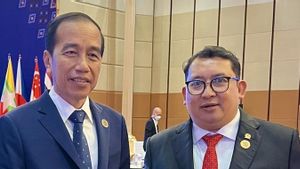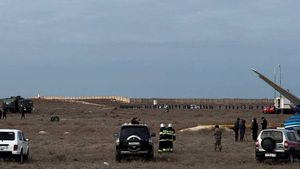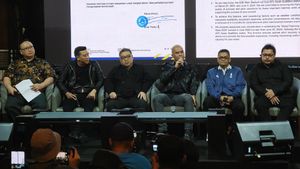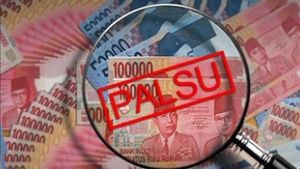JAKARTA - Reading a book by Jean Gelman Taylor entitled Social Life in Batavia related to the development of colonial society in the 17th century in Batavia made us interested in studying the development of villages inside Batavia and outside.
How could not. In the book, Gelman reveals that “At the end of the 17th century they (the Company) presented a society that was far different from the society in the first years of the century. Their numbers are large thanks to the emergence of cities, roads building churches, and hospitals, and clear governments. "
From the facts above, we can see that at that time the Dutch trading partnership Vereenigde Oostindische Compagnie (VOC) had spread its wings, it even exceeded the boundaries of the city walls (now Kota Tua Jakarta) to immediately expand its power, as well as open up plantation lands. new.
It should be suspected that this was what caused VOC power to extend to East Jakarta. The Cawang region, for example. According to the book Main Pukul Pencak Silat Khas Betawi designed by GJ Nawi, the area was once part of the private Tandjoeng Oost plantation land controlled by a landlord named Pieter Van Den Velde, who also controlled other lands such as Tanjung Timur, Cikeas, Pondok Terong, Tanjung Priok, and Cililitan.
It is said that the name Cawang itself was taken from a Malay lieutenant who served the company named Wan Mohammad Anwar. By his troops, the Malay Lieutenant was known as Ce 'Awang. The name gradually changed to Cawang. At that time Ce 'Awang and his troops settled in the area. Paripurnalah the name Cawang which is now a village in East Jakarta.
Do not end there. Around the beginning of the 20th century, the name Cawang again became a trending topic in society. Not because of traffic jams and floods like now. But because there lived a mystic martial arts fighter named Sairin, aka Mr. Cungok.
As revealed by Rachmat Ruchiat in his book The Origin of Place Names in Jakarta. Sairin was accused by the Dutch colonial government of being the mastermind behind various riots, such as being involved in the Entong Gendut rebellion in Condet in 1916, and of being the mastermind behind the Tangerang riots in 1924.
It was through this incident that Cawang's name was increasingly recognized throughout Batavia, even today. Cawang, which is 'nowadays', has become so contemporary with a combination of residential areas: villages, slum areas, commercial areas, towering apartments, a shadow terminal that brings together commuters from the capital's buffer zone.
Long story short, Cawang, which was originally a plantation area, has now become a 'node' for the transportation network for the Jabodetabek area. Especially when the LRT (Light Rail Transportation) Transit Station has been completed, Cawang will be noisy with the flow of commuters coming from Bekasi, Bogor, Depok, and Cibubur.
Floods and traffic jams
No doubt, because it has exceeded the carrying capacity and the carrying capacity of the environment, Cawang, which was once a plantation with lots of shady trees, is now famous as a 'horror' area that is familiar with congestion and floods.
The green shady trees that once decorated the area have now transformed into apartments, shophouses, hospitals, hotels, shopping centers, as well as several hangout points for young people, although they are not as popular as the Kemang, SCBD, Senayan, or Tebet areas as hangout centers. young adult.
The problem that develops is also increasing. For example, congestion, pollution, additional buildings and floods recently hit Cawang. As reported by Kompas, the flood caused houses to be submerged, vehicles to break down, and toll roads to be closed.
In fact, every area, especially Cawang, all elements of society want a healthy, safe, productive and sustainable area. In fact, it is not just the dream of society. The government, through the extension of the Spatial Planning Directorate of the Ministry of Agrarian Affairs and Spatial Planning, has the same dream. This is evidenced by the planned revision of Presidential Decree Number 54 of 2008 concerning Spatial Planning for the Jabodetabekpunjur Area (Jakarta, Bogor, Tangerang, Bekasi, Puncak, & Cianjur).
When will that dream come true? What is clear is that time is running out. For the community, it seems that criticism of the power holders is not enough. Providing input and solutions is important. Hopefully, the community can independently practice behaviors that can reduce the potential for flooding.
Using reason to weigh right and wrong is very important. As social scientist Erich Fromm put it: In Brahmanism as well as in Buddhism and Taoism, the highest goal of religion is not correct belief, but right action.
The English, Chinese, Japanese, Arabic, and French versions are automatically generated by the AI. So there may still be inaccuracies in translating, please always see Indonesian as our main language. (system supported by DigitalSiber.id)










